Traces of ancient fungal spores provides new evidence that man was responsible for the disappearance of the many giant animals that have vanished from the Australian continent.
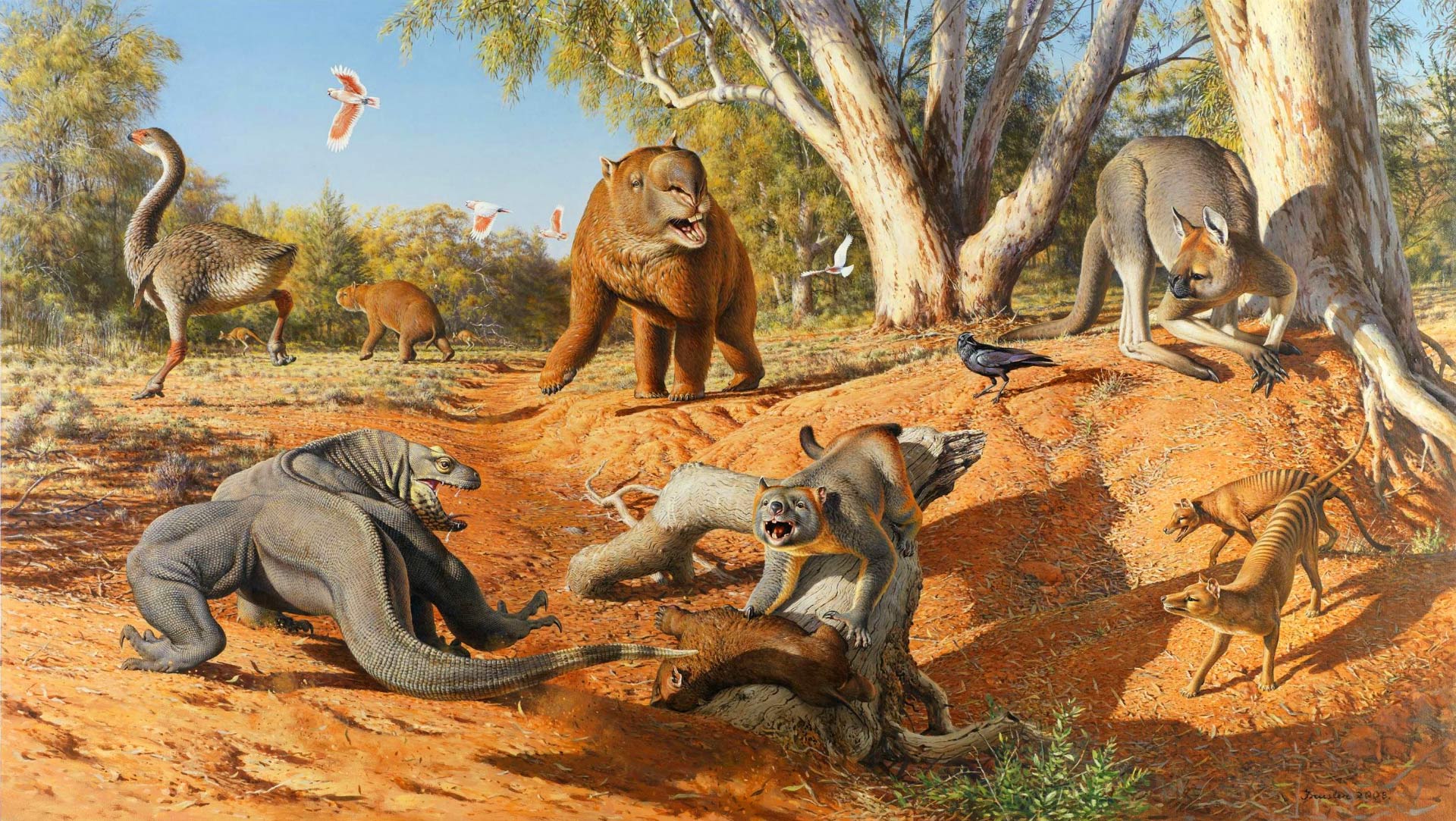
This megafauna of Australia included a 400-kilo giant kangaroo called The red kangaroo (Macropus Rufus), large reptiles such as the 7 meter and 600-kilo Megalania (Megalania Prisca), giant birds, and giant Marsupials such as the Giant Wombat (Diprotodon) – all of which existed until about 45,000 years ago.
A new study by researchers at Monash University in Australia indicates that human activity, rather than climate fluctuations, might have been responsible for their gradual extinction.
The scientists analyzed spores stored in the seabed from a fungus that thrived in these animal droppings. Then by analyzing, continuously and precisely dating sediment cores collected offshore southwest Australia, this enabled the researchers to capture the last 150,000 years in high resolution.
It has been suggested that the abrupt changes in the climate that occurred some 70,000 years ago had an adverse impact on the wildlife of Australia.
However, the drill cores from the Indian Ocean shows that these animals coped very well with the sudden change in climate, as there are plenty of fungi spores from animal droppings left in the seabed from this period.
Then, only a few thousand years after humans is estimated to have arrived on the continent, scientists saw that the incidence of fungal spores decreases dramatically. The megafaunal extinction commenced within 2,000 years of humans colonizing Australia and took less than 2,000 years to complete.
“We record high levels of the dung fungus Sporormiella, a proxy for herbivore biomass, from 150,000 to 45,000 years ago, then a marked decline indicating megafaunal population collapse, from 45,000 to 43,100 years ago, placing the extinctions within 4,000 years of human dispersal across Australia,” the authors explained.
There has been a long ongoing debate whether it was climate change or people that caused the megafauna of Australia to disappear. These recent findings strongly suggest that it was humans.
“Whether humans were responsible for the demise of the Pleistocene megafauna across Australia has been debated for many years,” lead author palaeoecologist Dr. Sander van der Kaars from the Monash School of Earth, Atmosphere and Environment said in a Monash University statement.
“Our study found that the demise of the megafauna in southwest Australia took place from 45,000 to 43,100 years ago and was not linked to major changes in climate, vegetation or biomass burning but is consistent with extinction being driven by ‘imperceptible overkill’ by humans.”
Reference:
Sander van der Kaars et al. Humans rather than climate the primary cause of Pleistocene megafaunal extinction in Australia. Nature Communications 20 januari 2016. DOI: 10.1038/ncomms14142

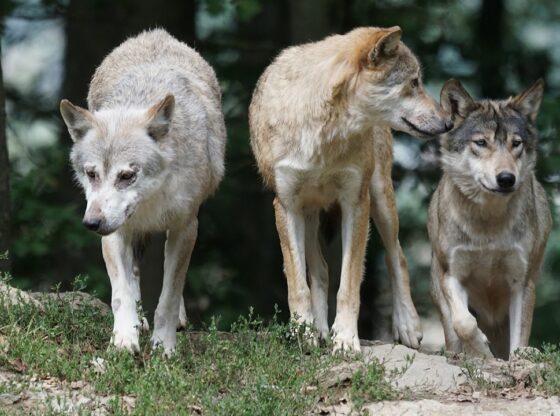
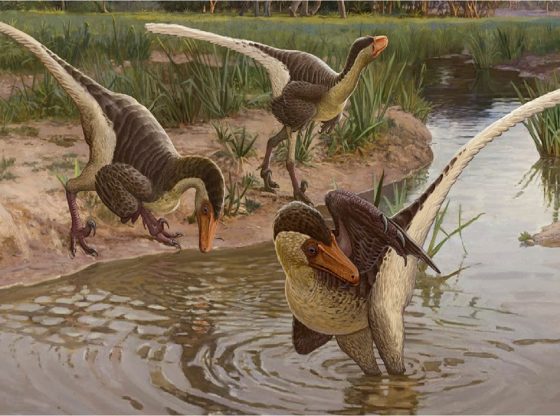


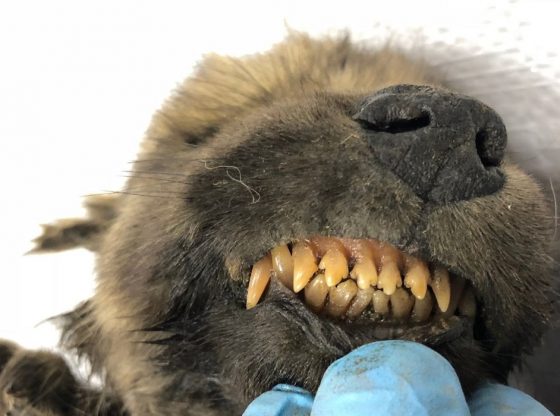
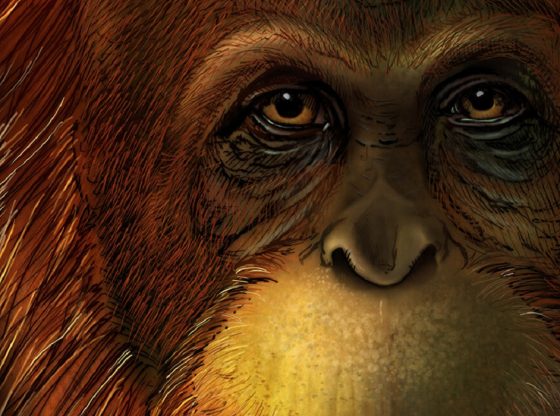
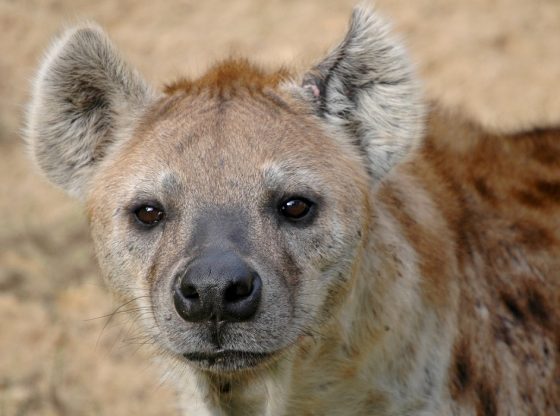
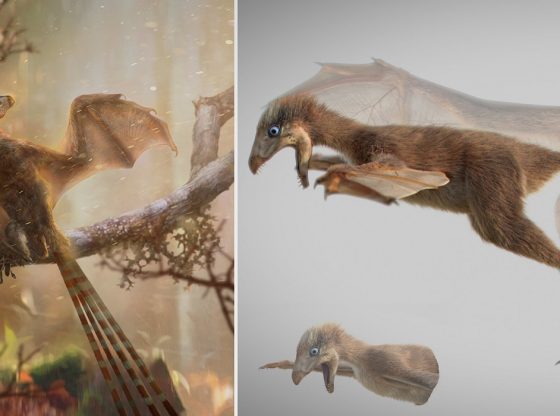
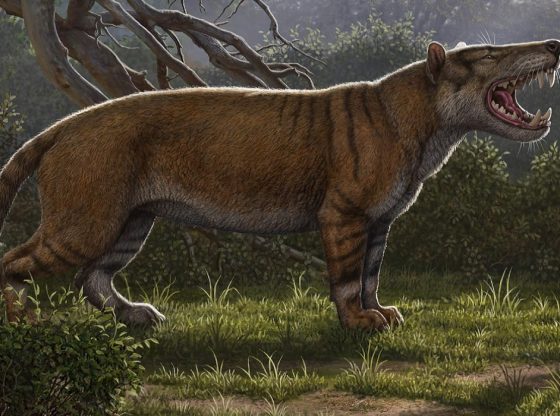
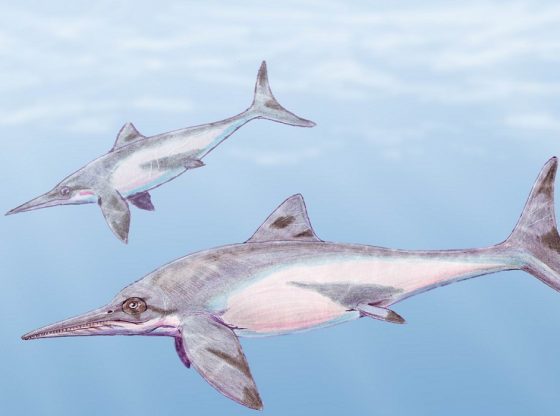
![OpenAI. (2025). ChatGPT [Large language model]. https://chatgpt.com](https://www.illustratedcuriosity.com/files/media/55136/b1b0b614-5b72-486c-901d-ff244549d67a-350x260.webp)
![OpenAI. (2025). ChatGPT [Large language model]. https://chatgpt.com](https://www.illustratedcuriosity.com/files/media/55124/79bc18fa-f616-4951-856f-cc724ad5d497-350x260.webp)
![OpenAI. (2025). ChatGPT [Large language model]. https://chatgpt.com](https://www.illustratedcuriosity.com/files/media/55099/2638a982-b4de-4913-8a1c-1479df352bf3-350x260.webp)








